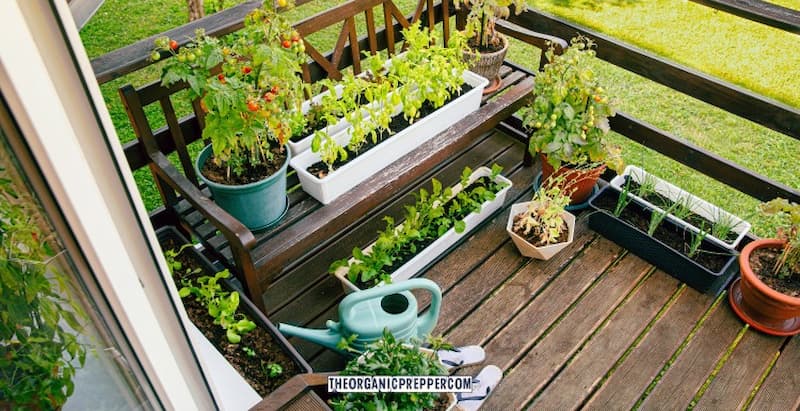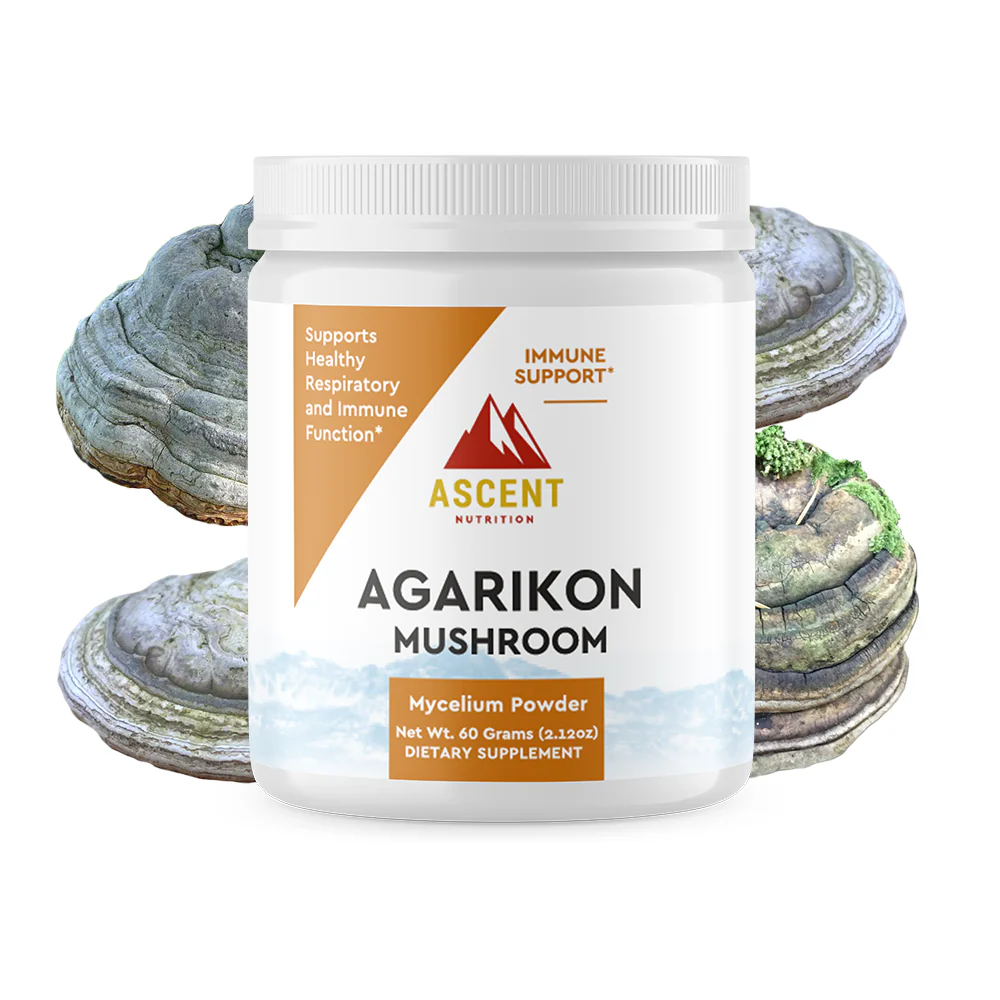() So you’ve noticed rising food prices and want to grow your own, but you live in an apartment or condo and simply don’t have a yard. You may have a porch or lanai, a window or two, perhaps even a nice wall. Good news! You can still grow a few things. Every little bit will help, right? And apartment and condo gardening are viable options.
Related 22 Ways to Boost Food Production in 2022
Bloom where you are planted. If a small space without a lawn is currently where you are at, then that’s where you are at. The below advice will teach you how to make the most of your circumstances, regardless of where you live.
The first thing to do is check with management or the condo association.
They might have rules about what can be put outside or on the lanai, for example. After checking what the rules are (if any), then, evaluate your space. If you have windows, how many and which directions are they facing? South and east are best, although north and west can be worked with too.
How’s your climate? Subzero winters will affect both lighting and indoor temperatures, and those factors will play into the food plants you can grow. If you’re growing standard house plants, consider replacing them with food plants.
How’s your counter/tablespace? Once you’ve considered these factors, you can make a food production plan. Even low-light, cold, and cramped apartments can produce something!
Substitute those house plants.
The conditions you’re growing house plants in can give you a clue to what food crops can grow in that space. For example: if your space has dragon trees & prayer plants, those are low/indirect light plants. Consider similar food plants such as spinach, lettuce, or kale.

If you’re growing bright light-lovers like dumb cane, you have several options. Consider dwarf tomatoes, peppers, bay laurel, or even a small citrus tree such as a Meyer lemon or calamondin orange. Never heard of dwarf tomatoes? Growing dwarf tomatoes is pretty much the same as the bigger varieties, only smaller. These may be better suited for small spaces.
Let’s talk about that porch or lanai.
If yours is the latter, you’ll have to consider weight because many lanais aren’t built to take very much. What direction does it face, and how’s the light there? If you’ve got 6-8 hours of nice bright light per day, you’ve got prime real estate for growing! If you’re not quite that lucky, work with what you have.

If you’re not sure if your lighting is adequate, you can augment it with either grow lights (if you have an outlet available) or something like a Bright Stick or other battery-powered under cabinet lighting. Consider using rechargeable batteries.
While a bit pricey upfront, they’ll save money over the long run, and they’re better for the environment. To test light intensity, use the shadow of your hand. Look at it against the wall when the sun is brightest in that area. If you see a sharp outline, you’ve got decently bright light. If your shadow is fuzzy, dim, or nonexistent, you’ll likely need to augment or choose indirect light plants.
(Don’t forget to learn how to preserve your harvest! Our free QUICKSTART Guide to home canning can help.)
So what can you grow with apartment and condo gardening?
Again, much will depend on lighting and climate. Potatoes grow well in containers, but they’re heavy weight-wise. You’ll also do better growing indeterminant potatoes in bags rather than determinants. If you don’t know which yours are, you’ll have to do some research.
Sadly, this relatively unknown quality often goes unmentioned even when buying certified seed potato. Beans and peas also work well. Run a string for them to grow vertically. Move those dwarf fruit trees & tomatoes out there if the lanai can bear it, at least for the growing season. Maybe even prop a pallet against the wall and fill it with soil for shallow root things, like strawberries. Blueberries grow well in containers. Carrots and radishes and celery, oh my!
How about those counters and tabletops?
Consider microgreens, hydroponics, or mushrooms. Kits are available for all three purposes and for the DIY crowd, can even be made. It’s certainly reasonable to buy an Aerogarden, but there are off-brand alternatives with similar features, and once you’re a bit more familiar with the process, making your own seed pods and nutrient solution is completely possible. Tabletop mushroom kits are very cost-effective, as are grow chambers.
And if you’re interested in all things mushrooms, we highly recommend you check out our new course, How to Grow Culinary and Medicinal Mushrooms. Fifteen lessons are packed into this course, during which you’ll learn about:
- the necessary tools and supplies for growing your own mushrooms
- how to make your own spawn
- how to grow mushrooms on straw
- everything you need to know about growing on logs
- how to inoculate sawdust bags
- and much, much more.
Things aren’t getting any better. Learn everything you can about boosting your food production before the cyber pandemic!

Lastly, how about vertical gardening?
Use those bright walls to grow anything from strawberries and cucumbers in PVC hydroponic tubes to greens in old shoe hangers! Old dressers and just about anything else can be repurposed to serve as a garden planter. Hanging baskets are great for vining plants too!
A few other things to consider: container selection, soil, and watering. Whatever container you choose, keep in mind that most plants don’t like wet feet. Good drainage will help prevent root rot and other fungal diseases. Disease prevention removes the need for pesticides, and this is a good thing.
Surprisingly enough, potting soils aren’t really soil at all. My favorite of many years, Miracle-Gro, is made of bark fines, sphagnum, and coconut coir. It’s enriched with NPK, but no micronutrients, which is fine for house plants, but vegetables tend to be very heavy feeders.
However, most garden soils are too heavy for containers. Consider mixing the two and possibly throwing in some Azomite for a wide range of micronutrients. If you compost your kitchen scraps, you can put that in your pots! Everything from coffee/tea grounds to eggshells to banana peels can enrich your container soil.
As for watering, you’ll want to protect your floors while keeping food plants suitably hydrated. Lots of plants will need lots of water. A watering can will help. If you’re using a hydroponics system, a tank failure can have terrible consequences for you and your downstairs neighbor so keep this in mind as you plan. This is one reason for smaller, countertop units: fewer problems with easier consequences in the case of stuff that happens. If your DIY skills are up for it, then go for it!
Where do I go from here?
Are you new to prepping and feeling a bit overwhelmed by it all? The Prepper’s Book of Lists can help! It’s an interactive PDF that you can use to keep track of all of the things you’ll need to prep! Check off items as you finish, use it as a shopping list and an organization tool, however, you need to.
What do you grow in your small spaces? Do you have any tips for apartment and condo gardening? Tell us in the comments below!
10 times more effective than ribavirin against Herpes (HSV1, HSV2), Swine flu (H1N1), Bird flu (H1N4), Pox (cowpox). Studied by the DoD for the Bioshield program. Get your Agarikon biodefense from Ascent Nutrition, one of the most pure and potent in the industry. Save 10% and get free shipping with a subscription!“I felt like I was getting a cold, but Agarikon stopped it in its tracks.”
Organic AGARIKON fights Viruses & Bio-warfare, and much more!
About The Author
Amy Allen is a professional bookworm and student of Life, the Universe, and Everything. She’s also a Master Gardener with a BS in biology, and has been growing food on her small urban lot since 2010.
Stillness in the Storm Editor: Why did we post this?
The news is important to all people because it is where we come to know new things about the world, which leads to the development of more life goals that lead to life wisdom. The news also serves as a social connection tool, as we tend to relate to those who know about and believe the things we do. With the power of an open truth-seeking mind in hand, the individual can grow wise and the collective can prosper.
– Justin
Not sure how to make sense of this? Want to learn how to discern like a pro? Read this essential guide to discernment, analysis of claims, and understanding the truth in a world of deception: 4 Key Steps of Discernment – Advanced Truth-Seeking Tools.
Stillness in the Storm Editor’s note: Did you find a spelling error or grammatical mistake? Send an email to [email protected], with the error and suggested correction, along with the headline and url. Do you think this article needs an update? Or do you just have some feedback? Send us an email at [email protected]. Thank you for reading.
Source:
https://www.theorganicprepper.com/apartment-and-condo-gardening/
Support our work! (Avoid Big Tech PayPal and Patreon)DIRECT DONATION


Leave a Reply